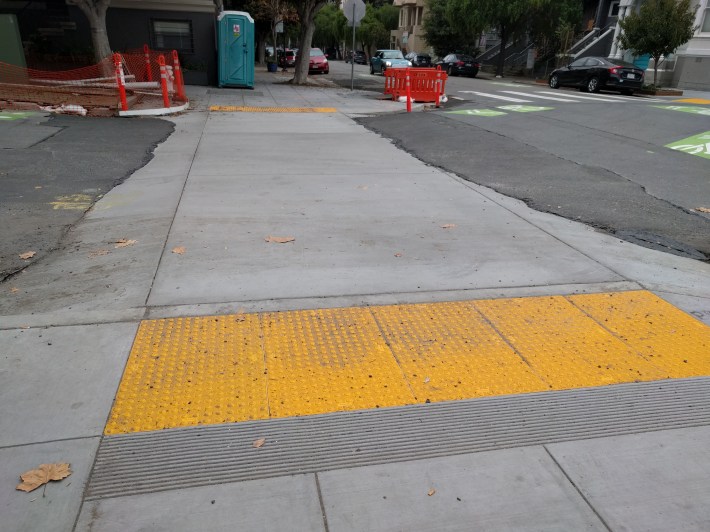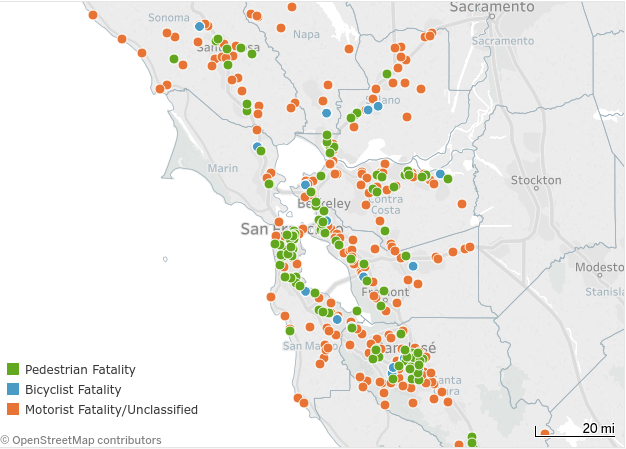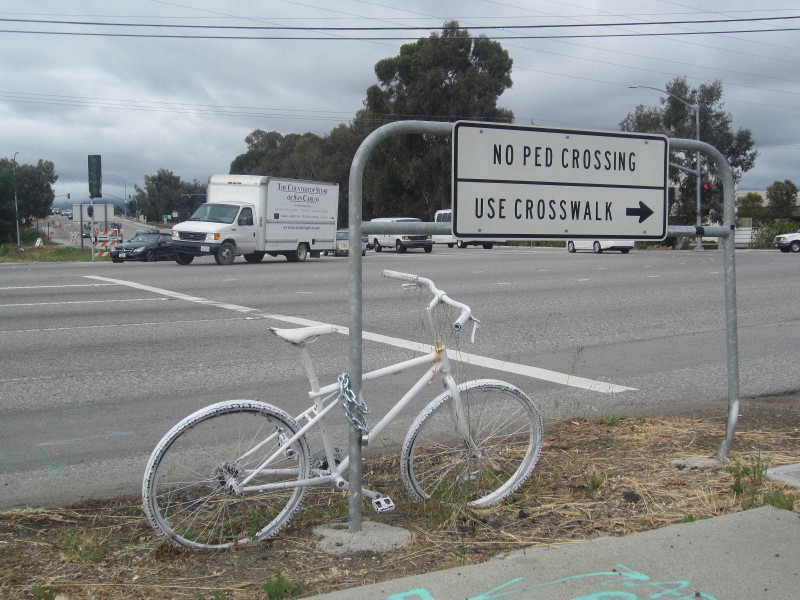The Metropolitan Transportation Commission (MTC) released its latest figures on fatality and injury crash rates in the Bay Area late last week.
Overall, the news is not good. From an MTC post about the data:
There were 455 fatalities and 2,089 injuries from crashes in 2016, representing 43 percent and 25 percent increases from 2010, respectively. As the region’s economy has boomed, the number of fatalities and injuries has grown faster than both vehicle miles traveled and population growth.
The site also reports that in 2016 there were over 33,000 traffic crashes (resulting in fatalities, major injuries or minor injuries) on Bay Area roadways. Why is this happening? "VMT (Vehicle Miles Traveled) is way up along with the economy. Driving tracks with economic trends and fuel prices," said Jeff Tumlin, Principal and Director of Strategy at NelsonNygaard Consulting, who oversaw the creation of Oakland's Department of Transportation. "Gas is very cheap on a per-mile basis and the economy is broiling so there’s lots more people out there on the road."
But that's obviously not the only factor, given the conclusions of the MTC report. "We know motorists are increasingly distracted. And that’s a problem. We also know that drivers are getting older--as we get older our senses diminish and our reaction time diminishes," said Tumlin.
The one bit of good news, if one can call it that: San Francisco seems to be bucking the trend. "From 2014 through 2016, fatal crashes stayed steady. While our goal is to see a decrease in fatal crashes, we believe this flattening trend shows the progress the city has made via its commitment to Vision Zero--the goal to end all severe and fatal crashes by 2024," wrote Cathy DeLuca, Policy and Program Director for Walk San Francisco, in an email to Streetsblog. "And with 18 traffic fatalities to date this year on San Francisco city streets, we're on track to see the first major reduction in fatalities since Vision Zero was adopted in 2014--a trend that must continue each year moving forward."
"The work the SFMTA has been doing is starting to pay off, and the SFMTA should be celebrated in realizing that street design can have a big impact on safety," added Tumlin. "By elevating the role of safety in making decisions about street design, the SFMTA is saving lives."
He added that anywhere SFMTA has done lane reductions and other speed reducing projects, such as curb bulb-outs, crash rates are down. The same holds true for Oakland. "The Telegraph Avenue project showed a dramatic safety improvement... along with an increase in retail sales and number of people walking."

That gives reason for hope, as more projects are rolled out. But the data also shows that vulnerable road users are still getting hurt and killed. "Bicyclists and pedestrians account for a disproportionately large share of road fatalities and injuries," wrote the MTC in its post.
The reason for that comes down to outdated state metrics, explained Tumlin. "Urban street design is still not the default at the Caltrans district level. There’s still a strong bias towards mid 20th Century rural highway design standards--despite the fact that we know such designs are less safe in an urban design context. The way decision making is done on new infrastructure always prioritizes motorist convenience."
Let's hope recent legislative changes in Sacramento can start getting Caltrans into the 21st Century.

"I feel dangerous road design and speed limit has a huge impact on bicyclist and pedestrians deaths," said Julie Mitchell, co-founder of San Francisco Bay Area Families for Safe Streets, whose son Dylan was run over and killed by a truck while he was biking in San Francisco in 2013. "We need these improvements now before more families are faced with life-altering tragedies like we have had to face. Something as simple as a bulb-out or reduced speed limits could have saved many of our children's lives."
For more information and a chance to look at the data interactively, check out the Vital Signs website.





